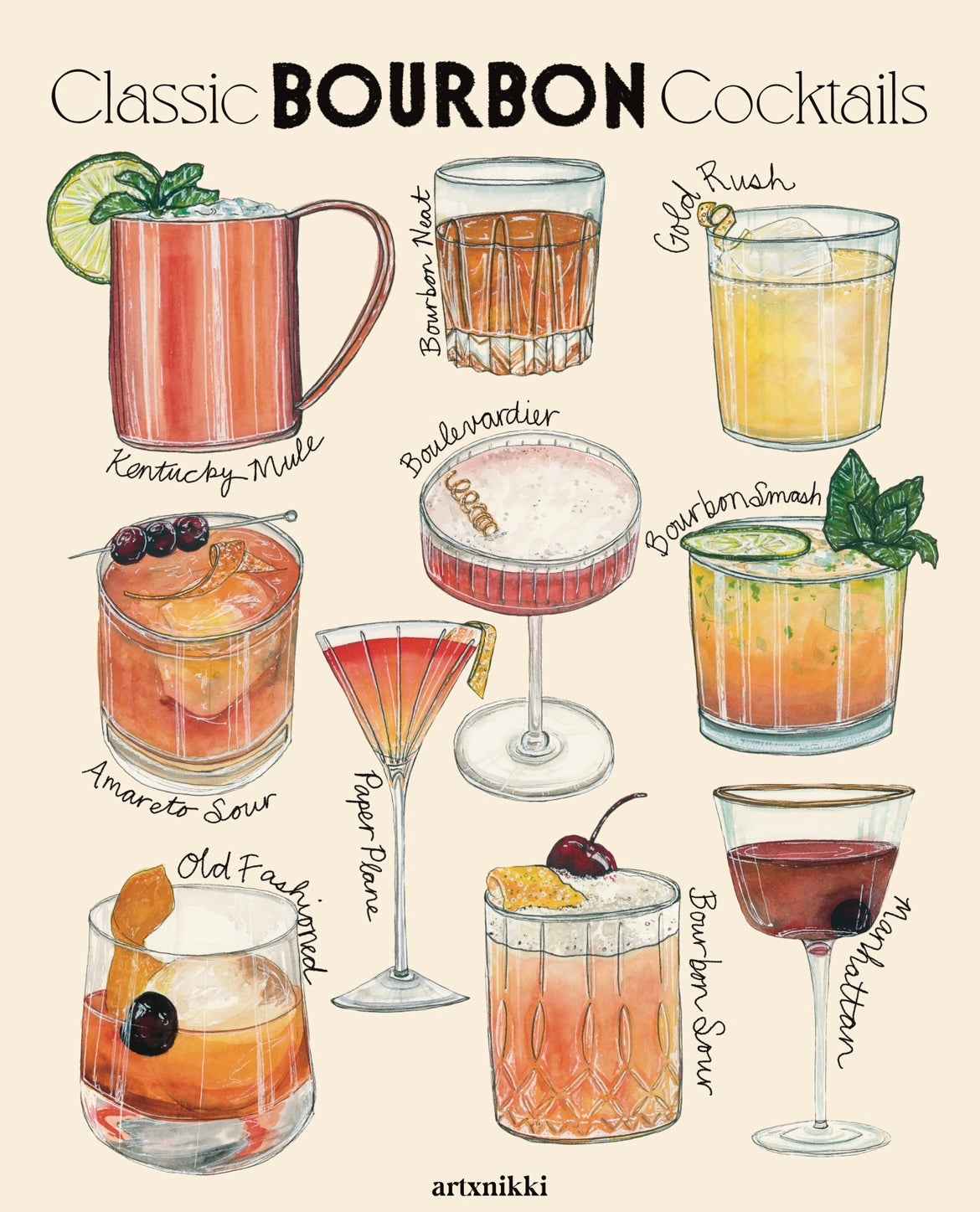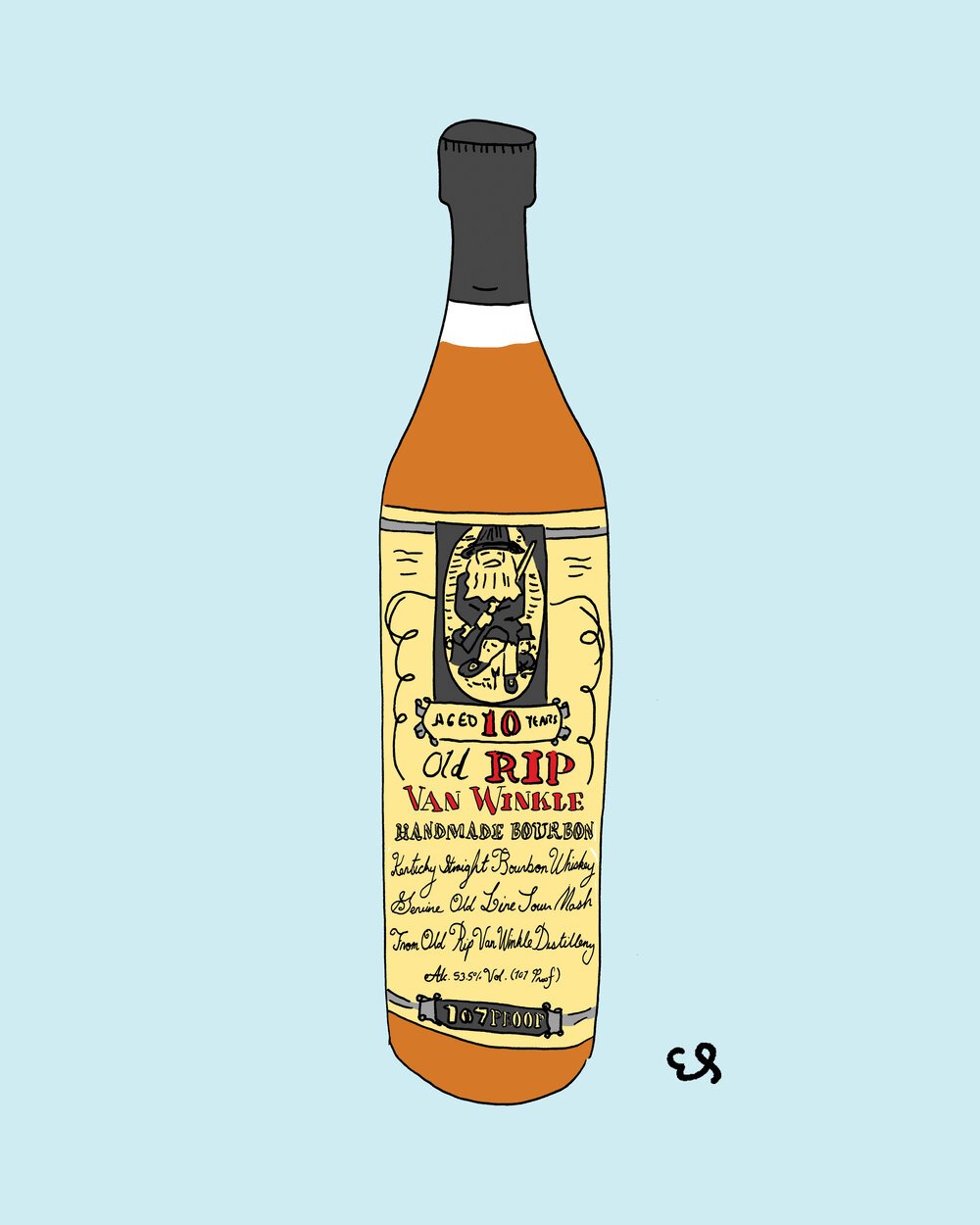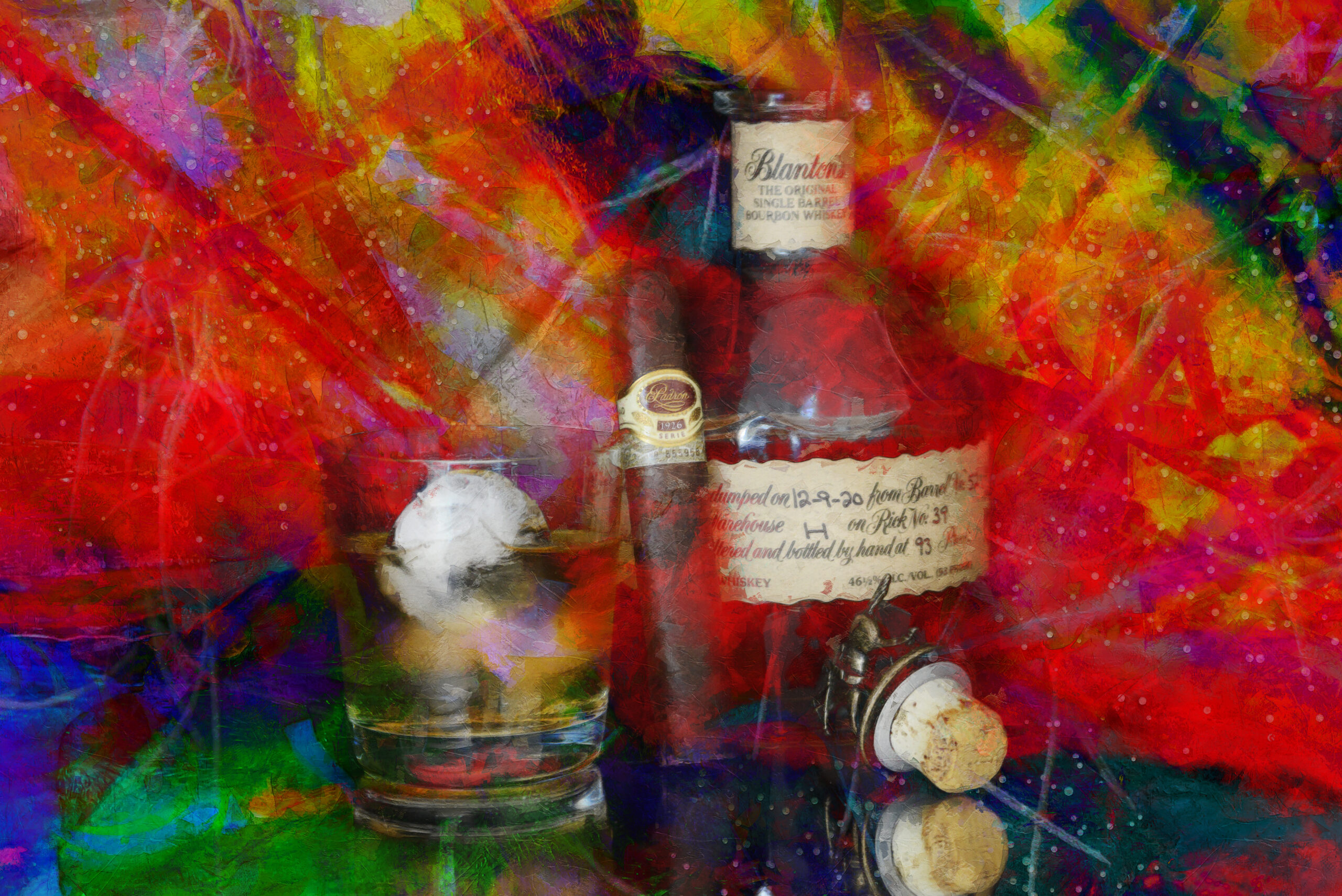Check out the World of Bourbon Art: A Trip Through Culture and Craftsmanship
Check out the World of Bourbon Art: A Trip Through Culture and Craftsmanship
Blog Article
The Relevance of Whiskey Art in Celebrating Heritage and Craftsmanship in the Beverage Industry
The detailed connection between bourbon art and the celebration of heritage and workmanship within the beverage sector can not be overstated. Through attentively designed tags and bottles, bourbon brands envelop their historical origins and the artisanal skills that specify their production approaches.
The Historical Origins of Whiskey
At the heart of scotch's attraction lies an abundant tapestry of historical origins that map back to ancient human beings. The origins of scotch can be linked to the purification techniques of the Sumerians and Babylonians around 2000 BCE, where early types of fermented grain drinks began to emerge. Nonetheless, it remained in the Middle Ages that the art of distillation progressed considerably, particularly in Ireland and Scotland, leading to the creation of scotch as we know it today.
The term "bourbon" itself obtains from the Gaelic word "uisce beatha," indicating "water of life." This expression underscores the cultural relevance of bourbon in Celtic societies, where it was typically connected with routines, celebrations, and common bonding. By the 15th century, purification came to be a recognized craft within monastic communities, paving the method for the facility of legal distilleries.
As profession courses increased, bourbon's appeal grew, transcending regional boundaries and capturing the interest of lovers worldwide. Limited Edition. This historic trip shows not just the workmanship behind scotch manufacturing however likewise its important function in social and social contexts, noting it as a considerable beverage throughout history
Artistic Expression in Branding
Whiskey branding stands as a compelling intersection of virtuosity and commerce, where visual identity plays an important role in shaping consumer perception. The visual appeals of whiskey labels, product packaging, and advertising and marketing products show not only the brand's tale yet likewise its core values and heritage. Through imaginative expression, distilleries share a story that resonates with consumers, stimulating emotions and sparking links.
Using shade, typography, and imagery in branding offers to distinguish items in a saturated market. For instance, traditional concepts may stimulate a sense of credibility and craftsmanship, while modern-day styles can signify advancement and forward-thinking. This critical artistic instructions enhances brand acknowledgment and loyalty, enabling customers to create an individual relationship with the scotch they pick.
Furthermore, imaginative expression in branding frequently works as a party of regional heritage. Distilleries often include local signs or historic references into their layouts, creating a sense of location that welcomes consumers to participate in a wider social experience. Ultimately, the creativity behind bourbon branding not only boosts aesthetic charm however additionally enriches the general narrative of the brand, fostering a much deeper recognition for the craftsmanship and heritage embedded in each bottle.
Workmanship in Container Design
The virtuosity noticeable in scotch branding extends beyond aesthetic identity to include the workmanship entailed in container layout. Each container serves as a vessel not simply for the spirit within, but likewise for the story it outlines its origin, practice, and high quality. The layout procedure needs careful interest to detail, as elements such as material, form, and closure contribute considerably to the overall perception of the whiskey.
Workmanship in container style involves picking high-grade glass that can boost the scotch's color and clarity, while additionally supplying a tactile experience for the consumer. The shape of the bottle must be both functional and cosmetically attractive, typically reflecting the heritage of the brand name. Lots of distilleries opt for one-of-a-kind forms or embossed logo designs that evoke a feeling of authenticity and history.
Additionally, the label layout and typography play a vital role in connecting the brand's story. Limited Edition. A well-crafted bottle not just captivates the customer's eye but additionally reinforces the brand name's commitment to top quality and tradition. This way, the craftsmanship of container design comes to be an important facet of the published here whiskey experience, combining artistry with a profound regard for heritage
Cultural Relevance of Whiskey Art
Celebrating practice and craftsmanship, the social significance of scotch art goes beyond mere appearances, intertwining with the social and historic narratives of the regions where it originates. Each bottle serves as a canvas, depicting the one-of-a-kind tales, folklore, and traditions that have actually shaped neighborhood whiskey-making practices. The elaborate layouts frequently show the heritage of the distillers, including symbols and motifs that resonate with the society and worths of their areas.

In addition, scotch art plays a vital function in public events and parties, working as a concrete web link between individuals and their shared experiences. By valuing the creativity in bourbon packaging, consumers grow a much deeper understanding and respect for the craft, inevitably enriching their pleasure of the drink itself.
Modern Trends in Bourbon Presentation
In the last few years, the discussion of whiskey has progressed to mirror contemporary tastes and fads while still recognizing conventional workmanship - Realism Art. Distilleries are increasingly focusing on visual components that boost the general drinking experience, bridging the space in between heritage and modernity
Cutting-edge container designs have emerged, commonly including lasting products and artistic labels that tell compelling stories. Numerous brand names currently team up with neighborhood musicians, instilling their items with one-of-a-kind visual expressions that resonate with consumers. Additionally, limited-edition releases are frequently packaged in collectible containers, adding value and appeal for connoisseurs.

Final Thought
In verdict, bourbon art serves as a vital conduit for expressing the heritage and workmanship integral in the drink sector. With complex branding, ingenious bottle designs, and culturally significant imaginative components, scotch brands efficiently honor their traditions and attach with customers.


Workmanship in bottle design entails choosing top notch glass that can improve the whiskey's shade and clearness, while likewise providing a responsive experience for the consumer. In this way, the workmanship of container design comes to be a crucial element of the whiskey experience, combining artistry with an extensive regard for heritage.
In conclusion, bourbon art resource serves as a vital avenue for revealing the heritage and workmanship intrinsic in the beverage sector.
Report this page